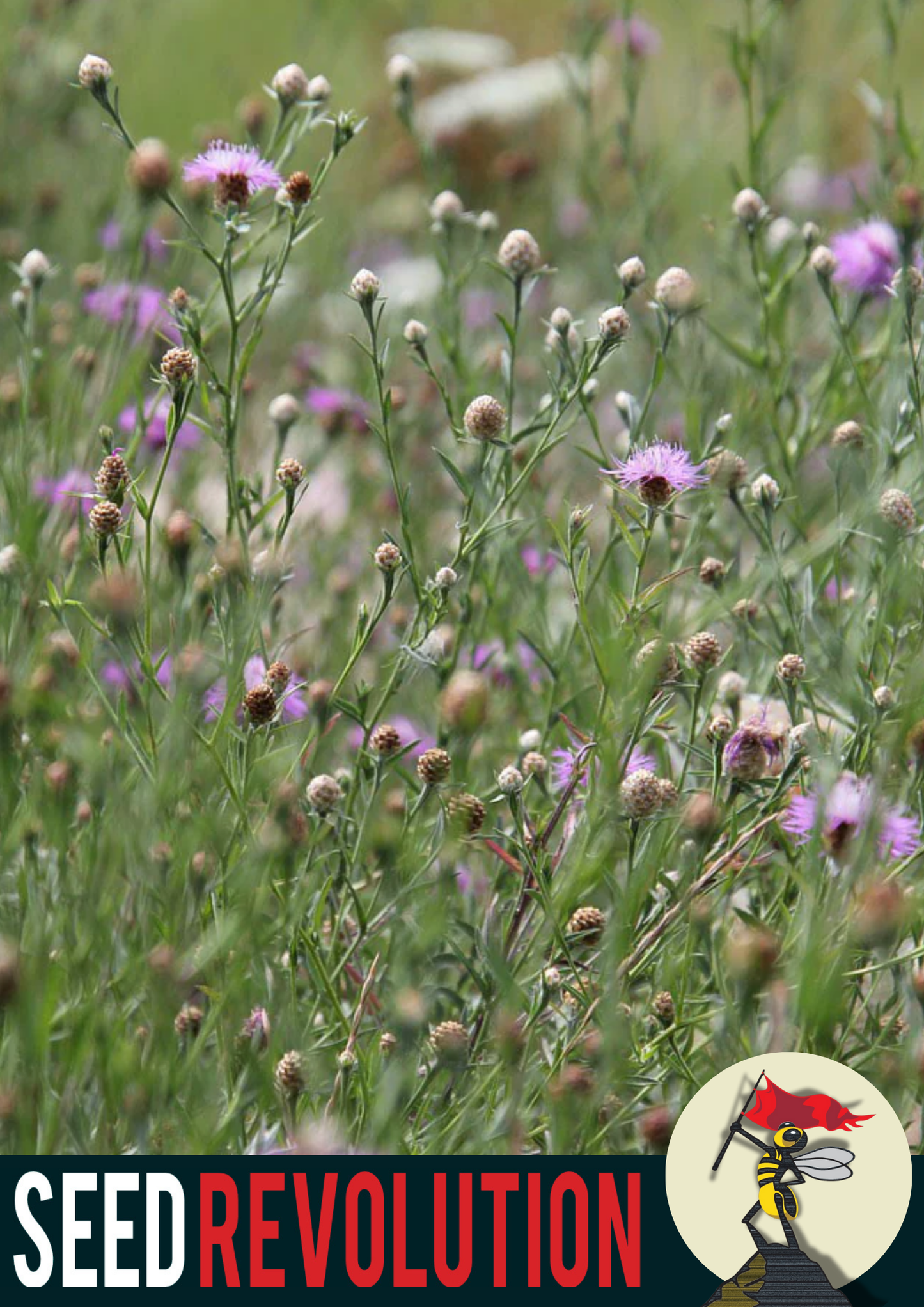My Store
Chalky Soil 80/20 Seed Mix
Chalky Soil 80/20 Seed Mix
Couldn't load pickup availability
If you have chalky soil, it means it’s highly alkaline. Signs you have chalky soil is if you’re ground is very stony. If you’re unsure, a simple test can be done at home: simply place a teaspoon full of soil into a mug of vinegar. If the vinegar starts to fizz, you can be sure you’ve got alkaline soil.
Sometimes called a ‘calcareous’ soil we’ve specifically chosen flowers and grasses that grow well in your chalky haven.
How to Plant
Cheap and Easy Method:
For a quick and cost-effective approach, simply scatter the seeds directly onto bare soil. This method requires minimal preparation but has a lower success rate, as it relies heavily on natural conditions being favourable. First, clear the planting area of any debris and lightly rake the soil to create a loose surface. Then, evenly broadcast the seeds across the soil, and lightly rake again to ensure good seed-to-soil contact.
More Involved Method:
For better results, particularly in areas prone to aggressive weeds, consider using a terram membrane. Lay the terram membrane over the planting area to suppress weed growth effectively. Over this membrane, add a layer of calcareous soil, which is naturally rich in calcium carbonate and matches the requirements of the plants in this mix. Sow the seeds evenly across the calcareous soil surface and gently press them in to ensure good contact. This method, while more expensive and labour-intensive, greatly enhances the likelihood of establishing a successful and vibrant meadow.
When to Plant
The optimal time to plant your Chalky Soil 80/20 Seed Mix is either in the spring (March to May) or during the autumn (September to October). These periods provide the best temperatures and moisture levels for seed germination and the subsequent establishment of young plants.
Where to Plant
This mix is particularly suited to chalky, alkaline soils, which are typically well-drained and nutrient-poor. Select a location that benefits from these soil conditions, ensuring the area gets plenty of sunlight. Such environments are ideal for the wildflowers and grasses in this mix, which are naturally adapted to thrive in calcareous conditions.
Watering Schedule
Chalky soils drain quickly and may require more frequent watering to establish the seed mix, especially during dry periods. Initially, keep the soil moist but not waterlogged to encourage germination. Once established, the plants will typically need less water, depending on rainfall and specific soil conditions. However, during prolonged dry spells, additional watering may be necessary to maintain plant health.
Blooming Period
The wildflowers in your Chalky Soil 80/20 Seed Mix will generally bloom from late spring through to late summer, approximately May to August. This blooming period can extend slightly, depending on local climate conditions and the specific timing of your planting.
Expected Plant Height
The plants in this mix will vary in height, generally ranging from 30 cm to 1 metre. This variation in height helps to create a textured, visually appealing meadow that supports a variety of pollinators and contributes to biodiversity.
What you get
Wildflowers and Grasses Included in the Mix
Wildflowers:
- Black Knapweed (Centaurea nigra)
- Black Medick (Medicago lupulina)
- Common Birdsfoot Trefoil (Lotus corniculatus)
- Common Kanpweed ( Centaurea nigra)
- Common Sorrel (Rumex acetosa)
- Cornflower (Centaurea cyanus)
- Cowslip (Primula veris)
- Eyebright (Euphrasia officinalis)
- Hoary Plantain (Plantago media)
- Lady’s Bedstraw (Galium verum)
- Lesser Trefoil (Trifolium dubium)
- Marjoram (Origanum vulgare)
- Meadow Buttercup (Ranunculus acris)
- Meadow Vetchling (Lathyrus pratensis)
- Musk Mallow (Malva moschata)
- Ox-eye Daisy (Leucanthemum vulgare)
- Red Clover (Trifolium pratense)
- Ribwort Plantain (Plantago lanceolata)
- Sainfoin (Onobrychis viciifolia)
Grasses:
- Creeping Red Fescue (Festuca rubra)
- Crested Dogstail (Cynosurus cristatus)
- Small Leaved Timothy (Phleum bertolonii)
No Grow No Fee
Minimum of 2 years post sowing before claim can be made.
Share


